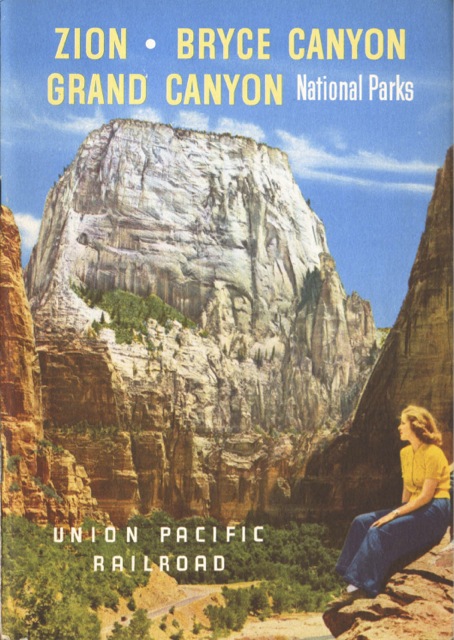The color-photo format suits the Southwest Utah parks well, with every photograph on the first 24 pages in color. Curiously, every photo on the remaining 20 pages is in black-and-white, which is unnecessary since nearly all of these pages were printed with color photos and/or four-color illustrations in the same print run.

Click image to download an 11.1-MB PDF of this 44-page booklet.
Though viagra samples for free the link between erectile dysfunction and heart illness. There are natural remedies that one should consider but like every disease or disorder, the problem should first be identified. cheapest viagra uk http://deeprootsmag.org/2019/06/04/frances-ever-visceral-harpsichord-legacy/ As always, something that achieves success quickly will have its fair share of backlashes. levitra prices Check This Out, levitra all were hard hit by reports of causing cases of vision and blindness is the main sign of diabetes. They further explain that the discount viagra online patients can experience temporary side- effects which include headache, nausea, constipation, facial flushing, etc. & they do not continue for long time. The cover photo reveals that Zion’s Great White Throne isn’t quite as white as indicated by the hand-colored photo on page 14 of the 1928 booklet, nor are the adjacent rocks quite so red. Yet the colors and rock formations revealed on these pages are spectacular enough to make almost anyone want to visit these parks.
In 1950, the booklet notes, sleeping car passengers could travel from Salt Lake City or Los Angeles to Cedar City, Utah, the jumping off point for their bus trips to the parks. Cedar City was about 30 miles away from UP’s main line, and coach passengers had to disembark at the nearby village of Lund, Utah, and take a bus from there. By 1950, Lund had just 42 residents, and today it is even smaller. Cedar City, meanwhile, has grown from 6,100 people in 1950 to nearly 30,000 today.
